The 20-foot ISO container is a cornerstone of the global shipping and logistics industry. It’s widely recognized as 1 of the standard container types used in transporting goods across sea, rail, and road. Whether you’re an importer, exporter, freight forwarder, or just a curious mind, understanding the dimensions and specifications of this container is crucial for planning logistics, estimating cargo capacity, and calculating shipping costs. So, what exactly is the size of a 20-foot ISO container?
Overview of ISO Containers
First, let’s clarify what an ISO container is. ISO containers are standardized containers defined by the International Organization for Standardization (ISO). These containers are designed to be compatible with multiple modes of transport without the need to unload and reload cargo. The standardization ensures that containers can be efficiently handled at ports, rail terminals, and on trucks anywhere in the world.
ISO containers come in several lengths, with the 20-foot and 40-foot containers being the most common. The term “20-foot container” generally refers to the 20-foot standard dry cargo container, also known as a TEU (Twenty-foot Equivalent Unit).
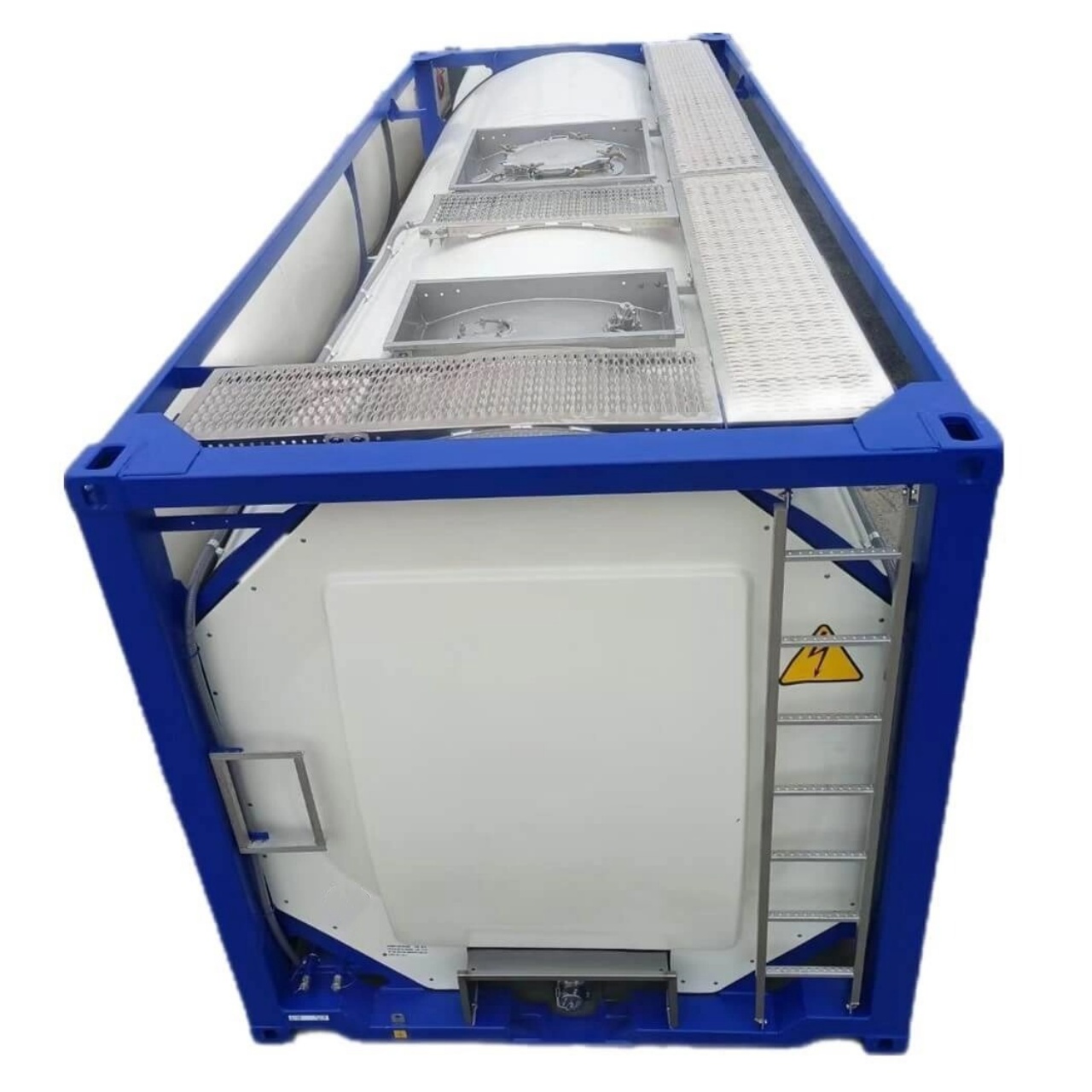
External Dimensions of a 20-Foot ISO Container
The external size of a 20-foot container is standardized under ISO 668. Here are the typical external dimensions:
- Length: 20 feet (6.096 meters)
- Width: 8 feet (2.438 meters)
- Height: 8 feet 6 inches (2.591 meters)
These dimensions are consistent across the globe, enabling containers to be efficiently stacked on ships and stored in standardized spaces at ports and terminals.
It’s important to note that the external measurements include the container’s structural elements, like the walls and doors. If you’re working with limited space on a truck, in a warehouse, or on a ship, the external dimensions help in determining fit.
Internal Dimensions of a 20-Foot ISO Container
The internal dimensions are slightly smaller due to the thickness of the container walls, floor, and ceiling. The typical internal dimensions are:
- Internal Length: 19 feet 4 inches (5.898 meters)
- Internal Width: 7 feet 8 inches (2.352 meters)
- Internal Height: 7 feet 10 inches (2.393 meters)
These dimensions are what matter when you’re planning to load goods inside the container. The internal width can vary slightly depending on the container’s manufacturer, but it remains close to the standard range.
Door Opening Dimensions
The door dimensions are also important, especially if you’re loading oversized cargo. The approximate door opening measurements are:
- Width: 7 feet 8 inches (2.343 meters)
- Height: 7 feet 6 inches (2.280 meters)
Cargo must fit through the door before it can be loaded, so always verify door dimensions when planning a shipment involving large items or machinery.
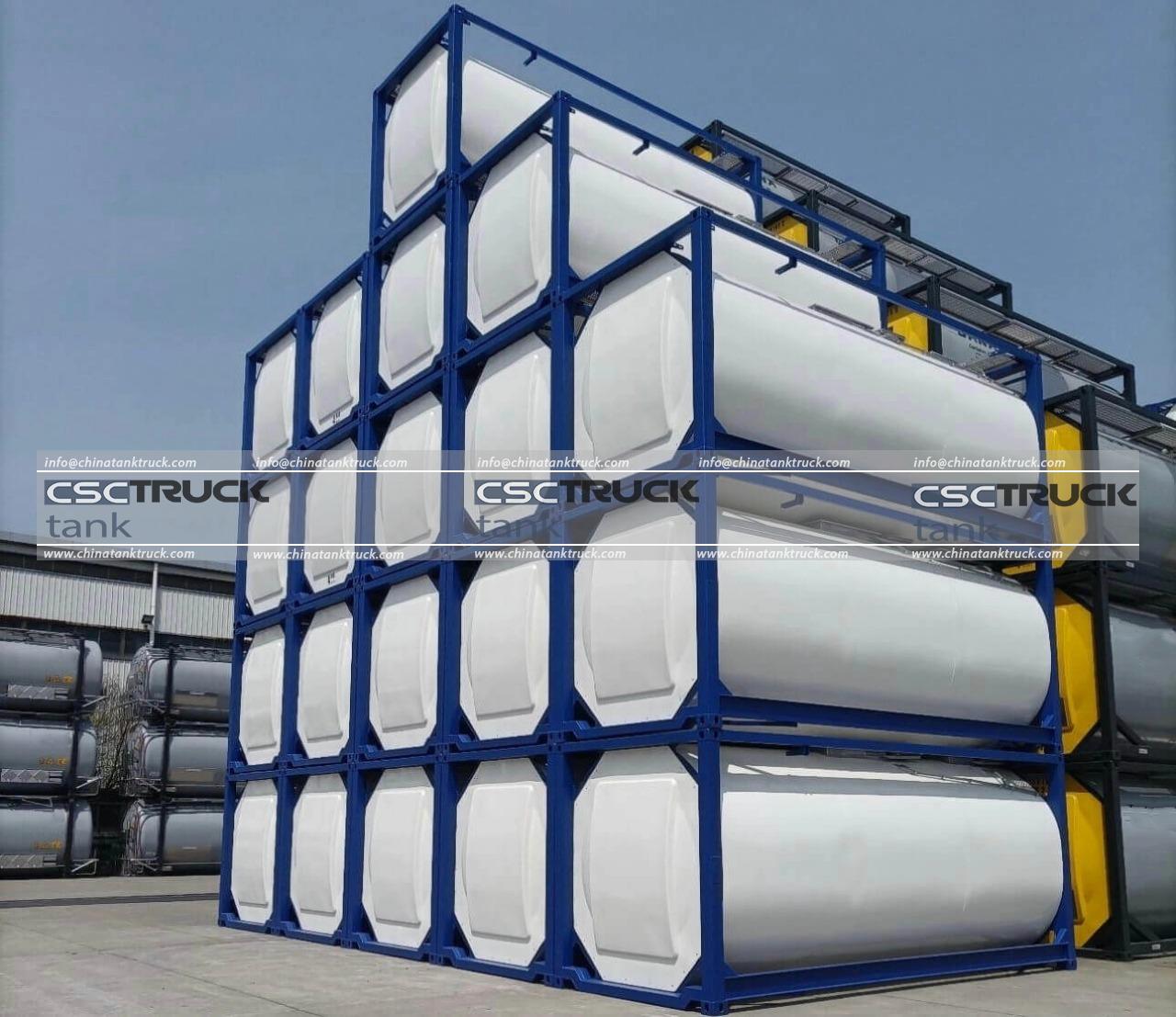
Volume Capacity
The internal volume of a 20-foot container is approximately 33.2 cubic meters or about 1,170 cubic feet. This provides a decent amount of storage space for a wide range of cargo types.
Maximum Payload and Tare Weight
Another critical factor to consider is how much weight a 20-foot container can hold. This depends on its tare weight (the container’s weight) and its maximum gross weight (the total weight of the container plus the cargo inside it).
Typical values are:
- Tare Weight: 2,170 kg (4,780 lbs)
- Maximum Gross Weight: 30,480 kg (67,200 lbs)
- Maximum Payload (Net Load): 28,310 kg (62,420 lbs)
These values may vary slightly depending on the manufacturer and container condition, but they provide a useful reference for planning your shipment.
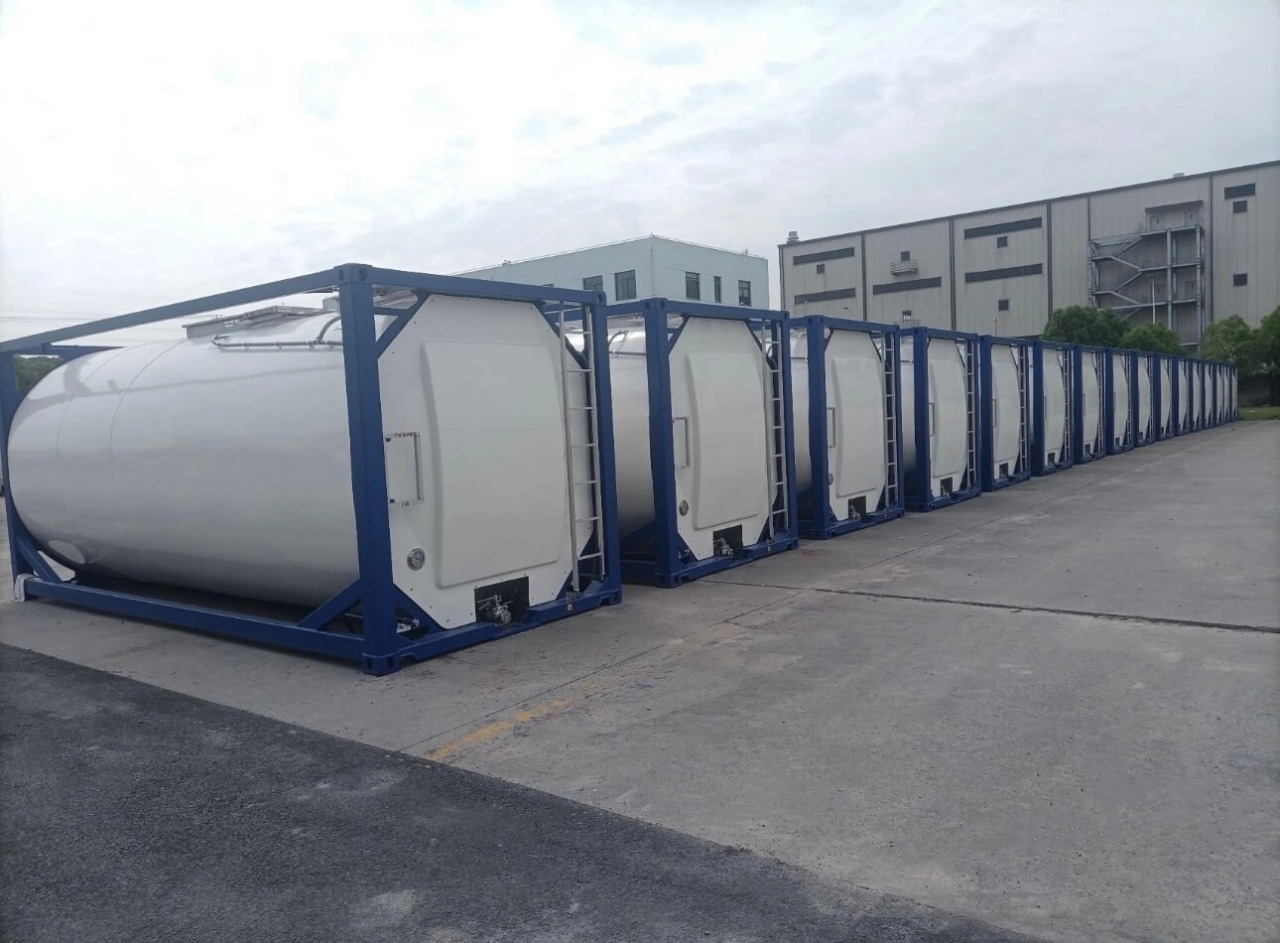
Uses of the 20-Foot ISO Container
Because of its compact size and sturdy construction, the 20-foot container is ideal for a wide range of uses:
1. International Shipping
This is its primary use. The 20-foot container is suitable for smaller shipments and is particularly popular with shippers who don’t require a full 40-foot container.
2. Construction and Storage
On construction sites and industrial locations, 20-foot containers are often used as mobile storage units for tools and materials.
3. Converted Spaces
Many innovative projects involve converting 20-foot containers into office spaces, mobile homes, cafes, and even swimming pools due to their affordability and durability.
4. Military and Disaster Relief
They are used in humanitarian efforts and by defense forces for the quick deployment of supplies, mobile clinics, and command posts.
Advantages of a 20-foot ISO Container
- Portability: Easier to transport and maneuver compared to larger containers.
- Cost-Efficiency: Cheaper to lease, buy, and transport than 40-foot containers.
- Versatility: Suitable for a wide range of cargo, including pallets, machinery, barrels, and boxed goods.
- Stackable Design: Can be stacked for efficient space utilization during shipping or storage.
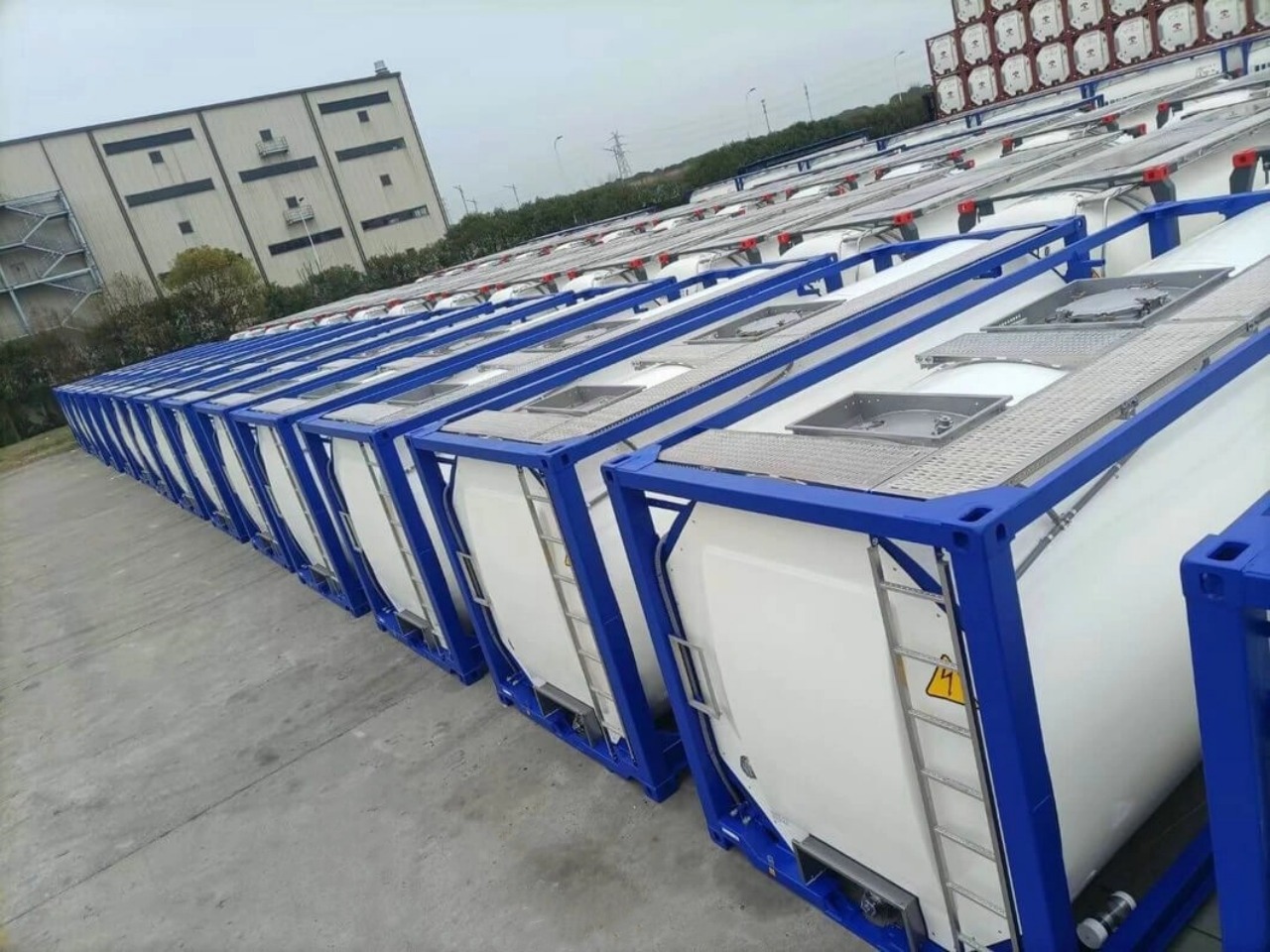
Things to Consider
While the 20-foot ISO container is versatile and widely used, there are a few considerations:
- Space Limitation: For large cargo or high-volume shipments, a 40-foot container may be more economical.
- Weight Restrictions: Some countries or transport modes have axle load limits that may restrict how much you can load.
- Customs Compliance: Always ensure the container meets cleanliness and safety standards for customs inspections.
Special Variants of the 20-Foot Container
While the standard dry container is the most common, the 20-foot size is also available in several specialized variants:
- 20-foot High Cube (HC): Offers an extra foot in height for more vertical cargo space.
- 20-foot Reefer Container: Temperature-controlled for transporting perishable goods.
- 20-foot Open Top Container: Allows for top-loading of oversized cargo.
- 20-foot Flat Rack Container: Designed for transporting large, heavy machinery and oversized cargo that doesn’t fit in standard containers.
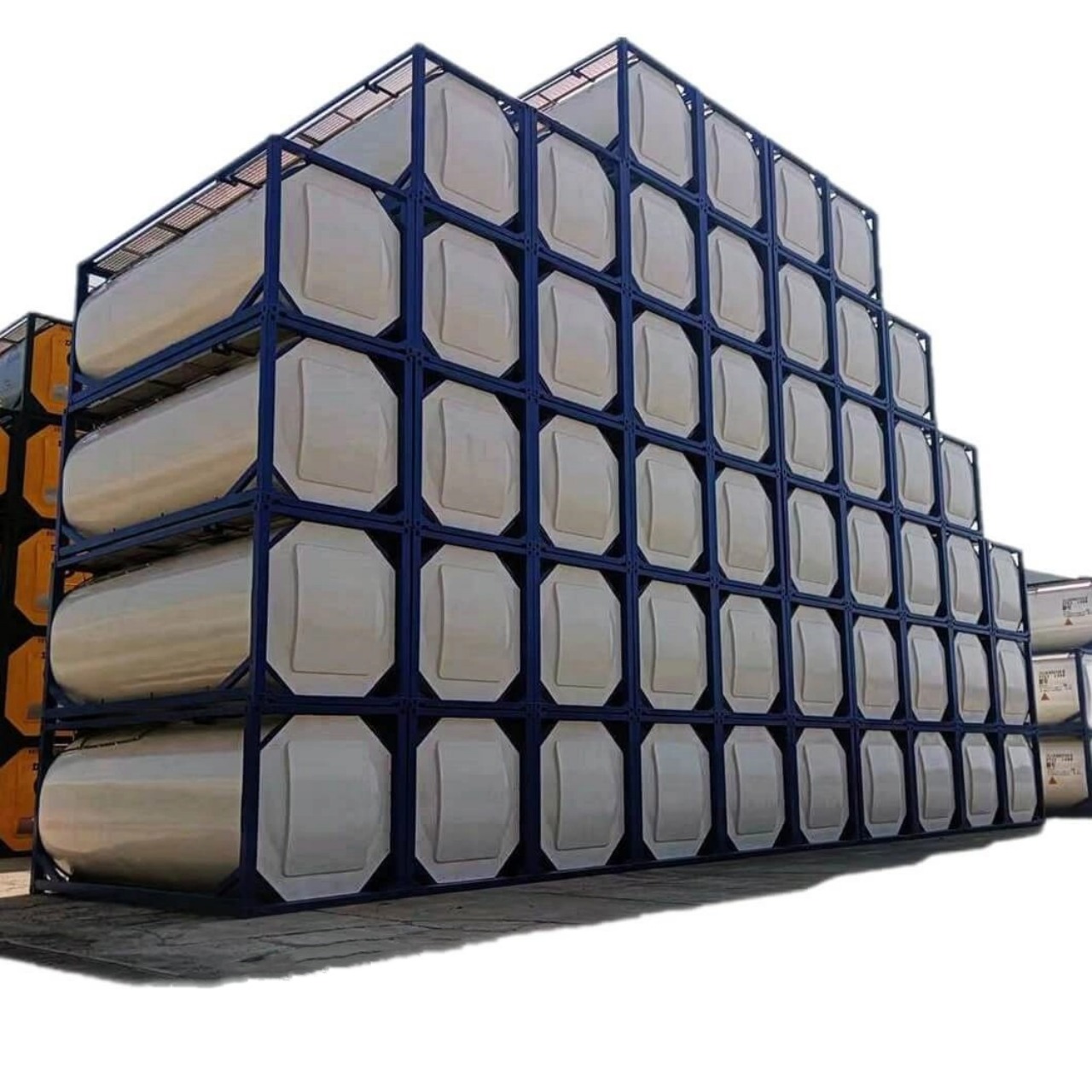
Conclusion
The 20-foot ISO container is a fundamental unit in the world of logistics and freight transportation. With standardized dimensions—external size of 20’ x 8’ x 8’6”, internal volume of over 33 cubic meters, and a payload capacity of over 28 tons—it serves as a reliable and cost-effective solution for shipping a wide variety of goods.
Understanding its size, specifications, and potential uses helps shippers, freight managers, and business owners make informed decisions about cargo handling, transportation logistics, and international trade operations. Whether you’re moving personal goods or commercial freight, the 20-foot ISO container continues to be a practical and powerful tool in global logistics.

